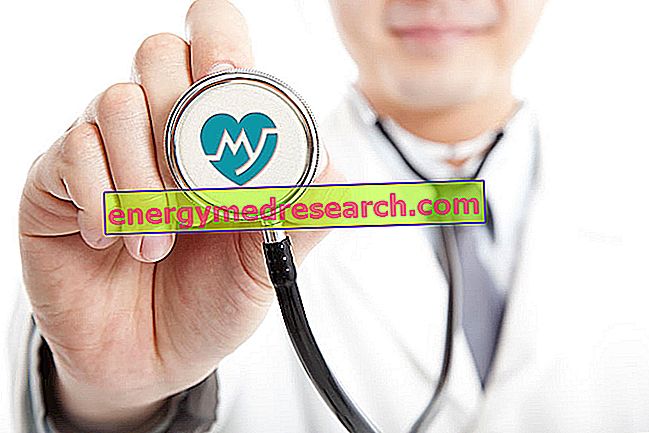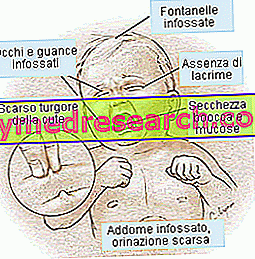Myosin, ATP and muscle contraction
Skeletal muscle can be compared to a motor, capable of converting chemical energy, provided by ATP, into mechanical energy, acting on the system of skeletal levers with good performance (no more than 30-50% of this energy is dissipated as heat). The result of this endergonic reaction is muscle contraction.
Each myosin molecule has two binding sites, one for an ATP molecule and one for actin. Its ATPase activity allows it to hydrolyze ATP to ADP + inorganic phosphate and to use the energy developed to generate the movement. Everything happens with a cycle of molecular events:
- The anchorage of ATP in the specific binding site on the myosin head leads to the separation of the latter from the G-Actina molecule
- ATP, bound to the myosin head, is hydrolyzed to ADP and inorganic phosphate (P i ); both products remain anchored here; to allow this reaction the presence of magnesium seems necessary.
- The energy released by ATP hydrolysis induces a rotation of the myosin head which, charging itself with potential energy, binds weakly to a G-actin molecule at an angle of 90 °.
- The release of inorganic phosphate causes a conformational change in the myosin head, generating the so-called whiplash. The rope (the actin filament) is thus pulled towards the center of the sarcomere, that is towards the line M.
- The myosin head also releases the ADP molecule and remains tightly anchored to actin, in a state of rigor that lasts only a few moments, before the cycle starts again with yet another myosin-ATP bond.

 |  |
| The mechanism of MUSCULAR CONTRACTION from: www.sci.sdsu.edu/movies/actin_myosin.html | |



